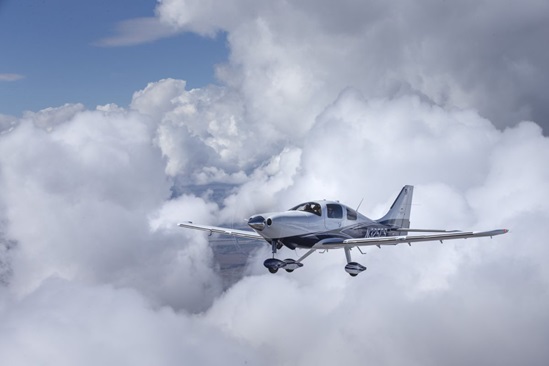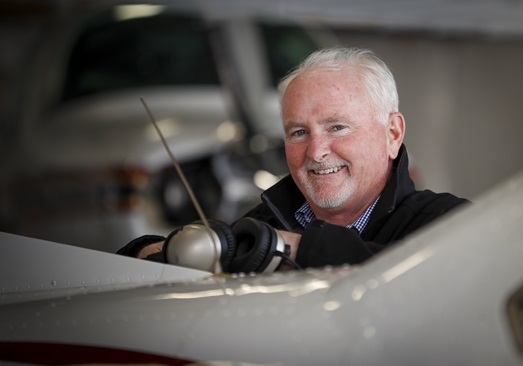FAA extends Cessna 210 AD compliance deadline
The FAA has granted more time for operators of Cessna 210 single-engine airplanes covered by an airworthiness directive requiring corrosion inspections of carrythrough wing spars to comply with the AD in light of “unprecedented” obstacles caused by the coronavirus pandemic.
Acknowledging that the original May 8 deadline—or 20 hours time in service of an affected aircraft—has become impractical during the pandemic, the FAA gave operators until September 9 to comply under a global alternative method of compliance (AMOC) granted to Textron Aviation, parent of Cessna Aircraft.
“Owners and operators face difficulty meeting the 60 day compliance time due to a number of factors associated with the COVID-19 virus, including facility availability, equipment availability (masks used in the application of chemicals), and travel and personnel restrictions imposed by local, state, and federal governments,” the FAA said in a letter to Textron.
“The FAA continues to stress the critical nature of this AD but acknowledges the flexibility that must be exercised in this unprecedented situation,” it added.
Cessna 210 operators who plan to follow the AMOC timetable must first notify their appropriate principal inspector, or if they do not have a principal inspector, notify the manager of the local flight standards district office or certificate holding district office. They also must note in the aircraft records that the AMOC was used to comply with the AD.
Christopher Cooper, AOPA director of regulatory affairs, noted that members’ participation in the process by providing input will remain an important component of the AD’s review. On March 11, AOPA reported our concern about the tight original deadline for completing the required visual inspection for corrosion, and the difficulty and cost of a required eddy current inspection mandated to detect any corrosion not visible to the eye.
We encouraged members to submit comments on the AD by April 6, and to note the AD’s language about AMOC requests and how to receive credit for previous inspections.
Comments may be submitted by April 6 online or by mail to U.S. Department of Transportation, Docket Operations, M–30, West Building Ground Floor, Room W12–140, 1200 New Jersey Avenue SE, Washington, DC 20590. Please include Docket No. FAA–2020–0156 and Product Identifier 2019–CE–053–AD at the beginning of your comments.




